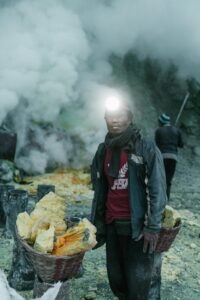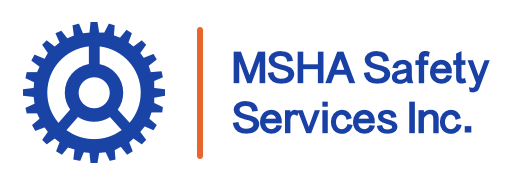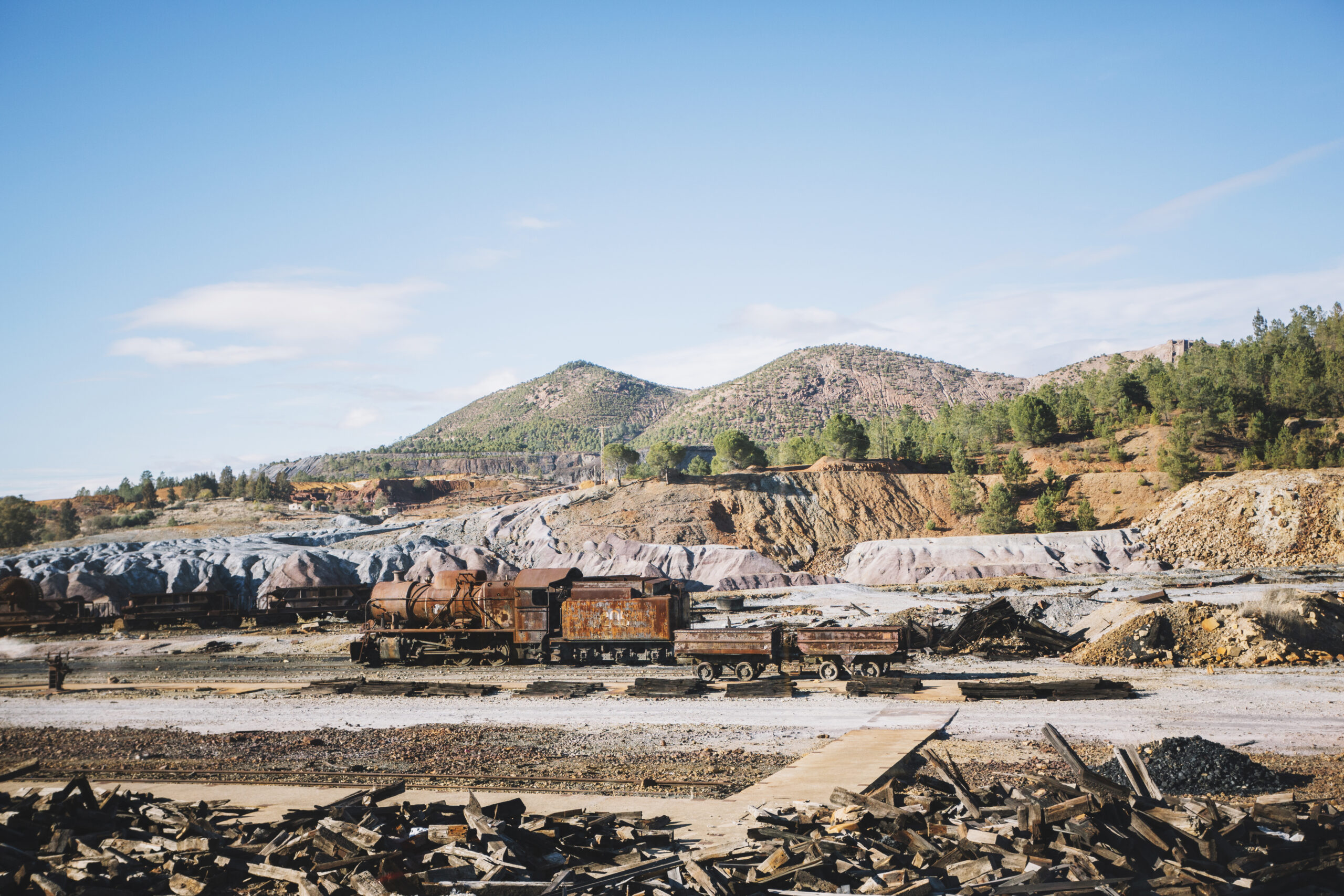Mining operations are crucial to global economies but come with a variety of risks that can jeopardize worker safety, environmental stability, and financial viability. Risk assessment in mining is essential for identifying, evaluating, and mitigating these hazards to ensure safe and efficient operations. In this blog, we’ll explore the different aspects of risk assessment, from types of risks and regulatory standards to innovative tools and successful case studies.
Types of Risks in the Mining Industry
Mining involves several categories of risks, including:
- Physical Risks: Equipment failure, cave-ins, and explosions.
- Health Risks: Exposure to dust, toxic chemicals, or noise.
- Environmental Risks: Land degradation, water contamination, and habitat destruction.
- Financial Risks: Market fluctuations and cost overruns.
Understanding these risks is the foundation of successful risk assessment in mining.
Key Elements of a Risk Assessment
Effective risk assessment in mining includes the following key components:
- Hazard Identification: Recognizing potential threats to safety and operations.
- Risk Analysis: Evaluating the likelihood and severity of identified hazards.
- Control Measures: Implementing strategies to mitigate or eliminate risks.
- Monitoring and Review: Continuously assessing the effectiveness of controls and updating them as needed.
Techniques for Conducting Effective Risk Assessments
Several techniques are used in risk assessment in mining, including:
- Job Hazard Analysis (JHA): Breaking down tasks to identify risks.
- Fault Tree Analysis (FTA): Examining failure pathways.
- Bowtie Methodology: Linking hazards to controls visually.
- Qualitative and Quantitative Analysis: Balancing data-driven insights with expert judgment.
Risk Management Strategies in Mining Operations
Mining companies employ various strategies to manage risks, such as:
- Implementing robust safety protocols.
- Conducting routine training for workers.
- Leveraging partnerships with Mine Safety and Health Administration (MSHA)-certified services such as MSHA Safety Services.
- Fostering a culture of proactive risk identification and mitigation.
Regulatory Standards and Risk Assessment in Mining
Compliance with legal requirements is a critical aspect of risk management. Regulatory bodies, such as MSHA in the U.S., establish safety standards for mining operations. These include mandatory risk assessments, regular audits, and adherence to safety protocols to protect workers and the environment.
The Role of Technology in Risk Assessment
Advancements in technology are revolutionizing risk assessment in mining. Examples include:
- Drones: Providing aerial views for hazard detection.
- Predictive Analytics: Using data to foresee potential issues.
- Wearable Tech: Monitoring worker health in real time.
- AI-Driven Software: Automating risk analysis and management processes.
Common Challenges in Mining Risk Assessment
Despite advancements, mining operations face challenges, such as:
- Limited access to real-time data in remote locations.
- Resistance to adopting new safety technologies.
- Balancing risk management with operational efficiency.
The Impact of Environmental Risks on Mining Projects
Environmental risks, such as water scarcity and waste management, are increasingly critical. Companies are adopting eco-friendly practices like using renewable energy sources and recycling materials to minimize their environmental footprint.
Human Factors and Safety Risks in Mining
Human error remains one of the most significant risks in mining. Addressing this requires:
- Comprehensive training programs.
- Clear communication channels.
- Promoting mental and physical well-being among workers.
Financial and Operational Risks in Mining
Market volatility and unexpected costs can derail mining projects. Conducting detailed financial risk assessments and adopting adaptive management strategies are essential to mitigate these risks.
The Future of Risk Assessment in the Mining Sector
The future of risk assessment in mining lies in embracing:
- Smart Mines: Fully automated systems that minimize human exposure to hazards.
- Blockchain: Enhancing transparency in risk management processes.
- Sustainability: Integrating risk management with long-term environmental goals.
How to Integrate Risk Assessment into Mining Safety Culture
Embedding risk assessment into a company’s culture ensures long-term safety. Key strategies include:
- Regular safety workshops.
- Leadership commitment to safety initiatives.
- Encouraging worker feedback and participation in risk management discussions.

Tools and Software for Mining Risk Management
Modern tools streamline risk assessment in mining:
- ERM Software: Centralizes risk data for better decision-making.
- GIS Mapping: Visualizes geological risks.
- IoT Sensors: Tracks machinery health and environmental conditions.
Strengthening Risk Assessment for Safer, More Sustainable Mining
By continuously improving risk assessment practices, mining companies can ensure safer operations, protect the environment, and achieve financial sustainability. A proactive approach not only reduces accidents but also builds trust among stakeholders, paving the way for a resilient mining industry.

